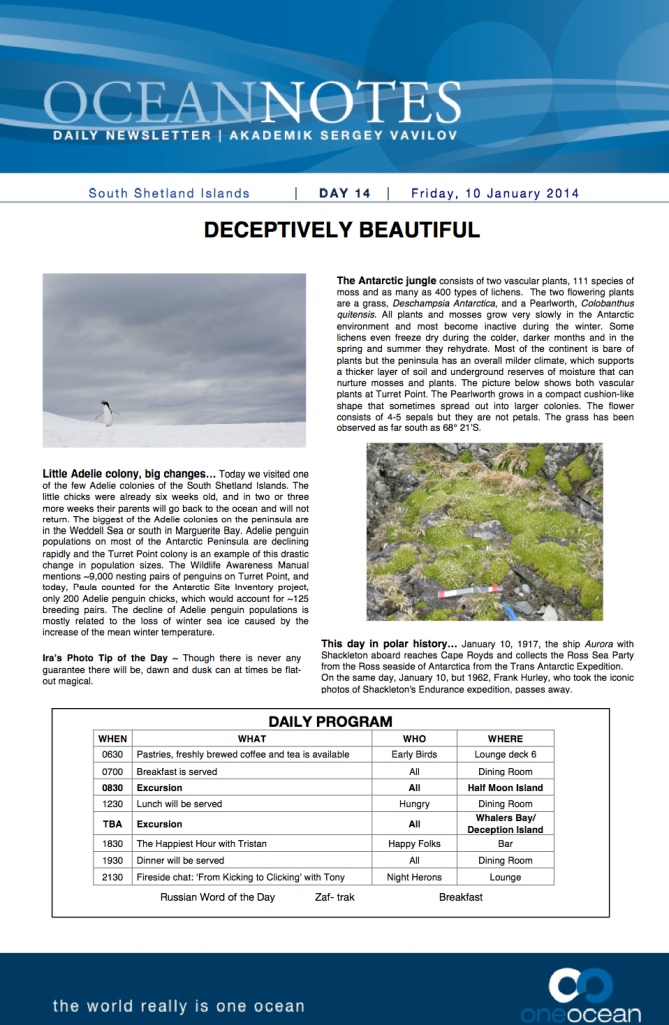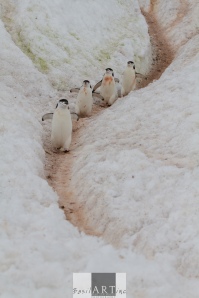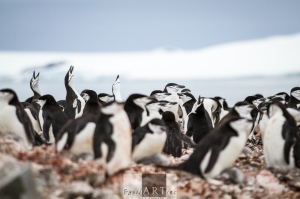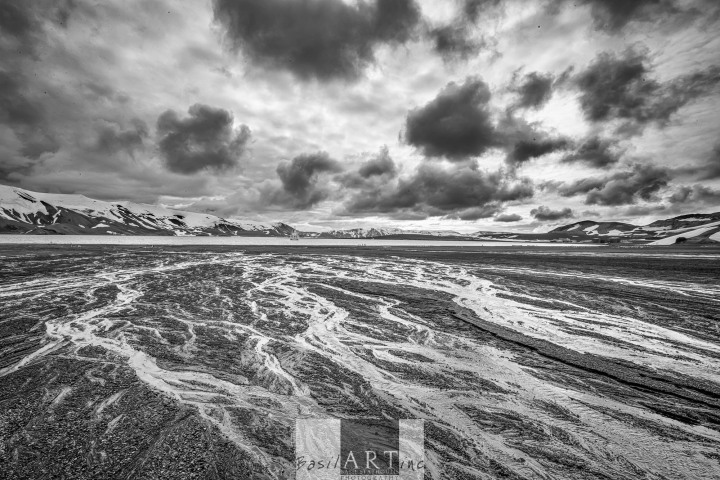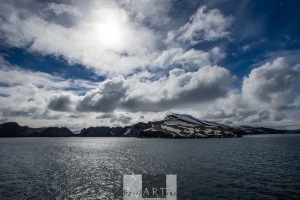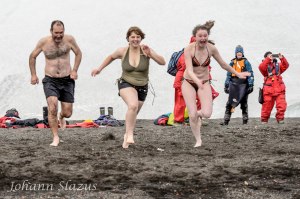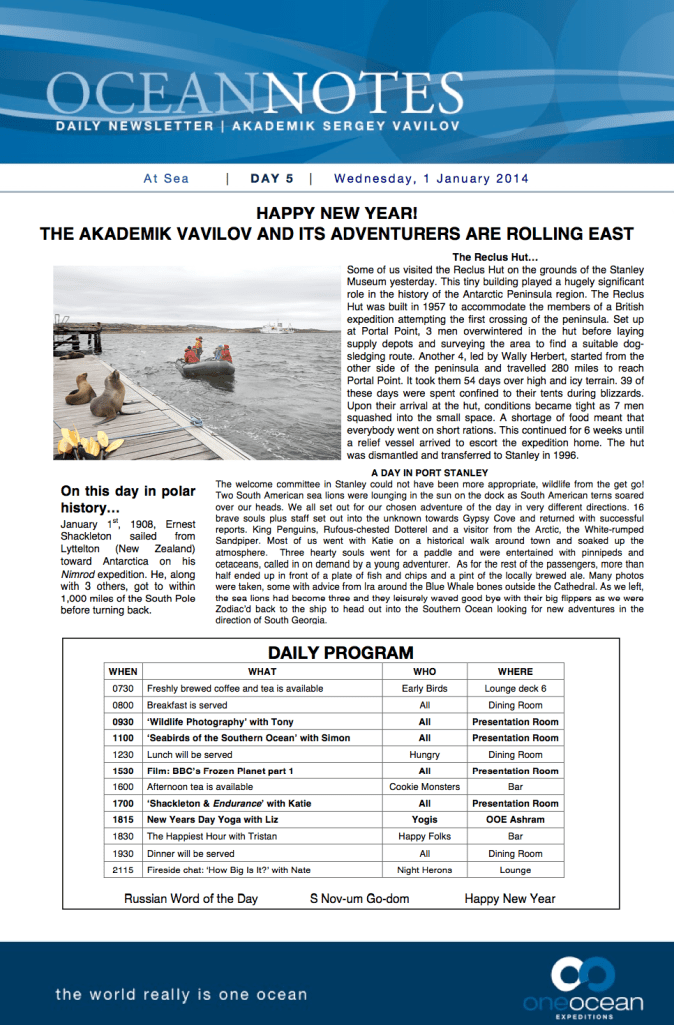This was to be our last morning on land. I was filled with trepidation.
This would be my goodbye to this fragile wilderness and hello to my fragile health.
My health was fragile as we were to cross the Drake Passage after the landing.
William Brown is anathema. He was born in the 18th century in Ireland, emigrated to Philadelphia with his family as a nine year old and lost his father soon after to yellow fever. He was offered a job as a cabin boy on a steamer and worked his way up to captain. He was pressganged into fighting for the British in the Napoleonic wars. He then established and fought battles around Argentina and is an Argentinian national hero, and popularly regarded as the founder of the Argentinian navy. Then the Argentinians named a research base after him on the Antarctic Peninsula.

I often wonder how the passage of world history would have changed if it were not for the Irish that stood up to the English and the United Kingdom. Is say this because of one of my great grandparents who was Irish and who came out to South Africa to support the Boers in the Anglo-Boer War.
Paradise Harbour is a beautiful natural bay on the Antarctic Peninsula. The mouth is not too narrow but steep mountains rise up from all sides, with glaciers reaching the see in the valleys. We landed at Base Brown, and Argentinian Scientific base that was not occupied. A colony of Gentoo penguins were breeding in and around the buildings. The base had suffered a serious fire when one of the Argentinian doctor who was conscripted into military service set he base alight when a service ship did not have space to take him home after his due service. He and his team were forced to camp in tents till the next ship a few months later. The base has ugly debris in its center.

Most of the Vavilov’s passengers fanned around the base and up the hill to the highest point. The came tobogganing down on their backsides, whooping in excitement. Reece, her boyfriend, proposed to the ship’s doctor, Sarah, on top of the hill. There were loud whoops of joy and congratulations as the messages were relayed down the slope to the base.

I stood alone absorbing the peace and grandeur of the place. The stillness away from the passengers was intense, broken by occasional glacier calving. The sea in areas was black and reflected the glacier faces like a mirror.

I looked back on the sturdy Vavilov moored in the bay. It was small, but I knew I would be safe in the Drake crossing. I was just scared I would be sick. Then the bay filled with ice as the wind changed. The winds were only supposed to pick up later in the afternoon. Back on board Boris announced that we would be making a dash for the Drake on account of some serious weather that was coming.
Oh, boy. My heart sank!















